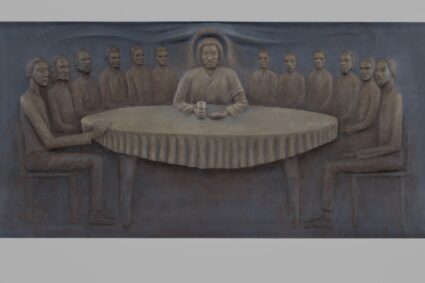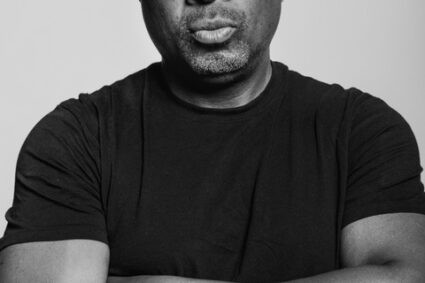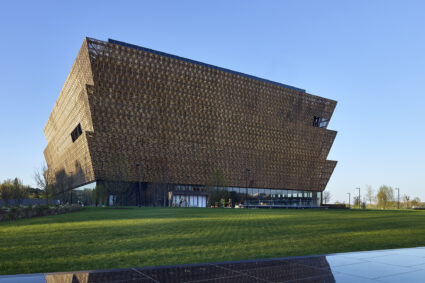
The Smithsonian’s National Museum of African American History and Culture (NMAAHC) is opening its latest exhibition, “Represent: Hip-Hop Photography,” in the Earl W. and Amanda Stafford Center for African American Media Arts (CAAMA) gallery on the museum’s second floor. On display beginning Friday, May 6, the exhibition features photographs from pioneering hip-hop historian Bill Adler’s Eyejammie Hip Hop Photography Collection that illustrate the early days of hip-hop and its rapid expansion to a cultural phenomenon in the mid-to-late 1990s. Inspired by the four elements of hip-hop—DJs, MCs, break dancers and graffiti—the “Represent: Hip-Hop Photography” exhibition features some of hip-hop’s most iconic figures and moments paired alongside historical images from the museum’s photography collection. This special exhibition explores how different social movements, iconic figures, art, culture and dance have influenced the musical genre.
Hip-hop has long served as a medium for social commentary that allows artists to voice their opinions on society and to point out the social inequities they face in their communities. This exhibition aims to bring attention to the genre’s evolution over the decades as it became increasingly more mainstream and to illustrate hip-hop’s ties to African American history and culture.
In 2015, NMAAHC acquired Adler’s Eyejammie Hip Hop Photography Collection, making it the museum’s most extensive hip-hop photo collection. A music historian and former publicist for Def Jam Records, Adler has written about, advocated for and studied hip-hop music and culture since the early 1980s. Adler amassed a massive collection after closing his New York art gallery, one of the first in the nation to focus solely on hip-hop photography. The collection includes more than 400 photographs from almost 60 photographers, including world-renowned image-makers Harry Allen, Janette Beckman, Michael Benabib, Al Pereira and Jamel Shabazz.
This exhibition follows the release of the Smithsonian Anthology of Hip-Hop and Rap, which debuted last year and captures the evolution of hip-hop over the decades. In addition to nine CDs containing 129 tracks of music, the anthology includes a coffee table book with 11 essays and photographs and designs by Cey Adams, the founding creative director of Def Jam.
The exhibition was previously on view at the museum from 2018–2019. It is scheduled to be on view until Sept. 25.


